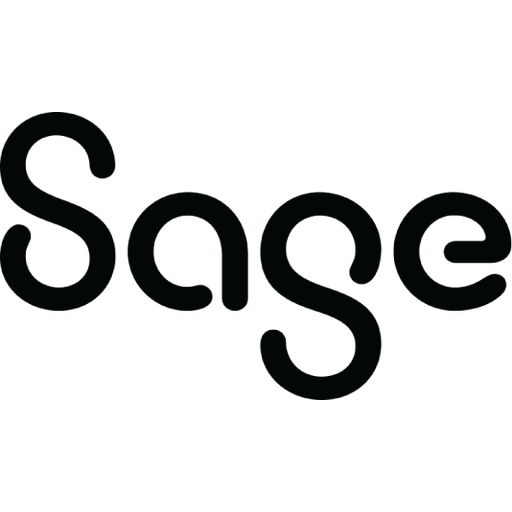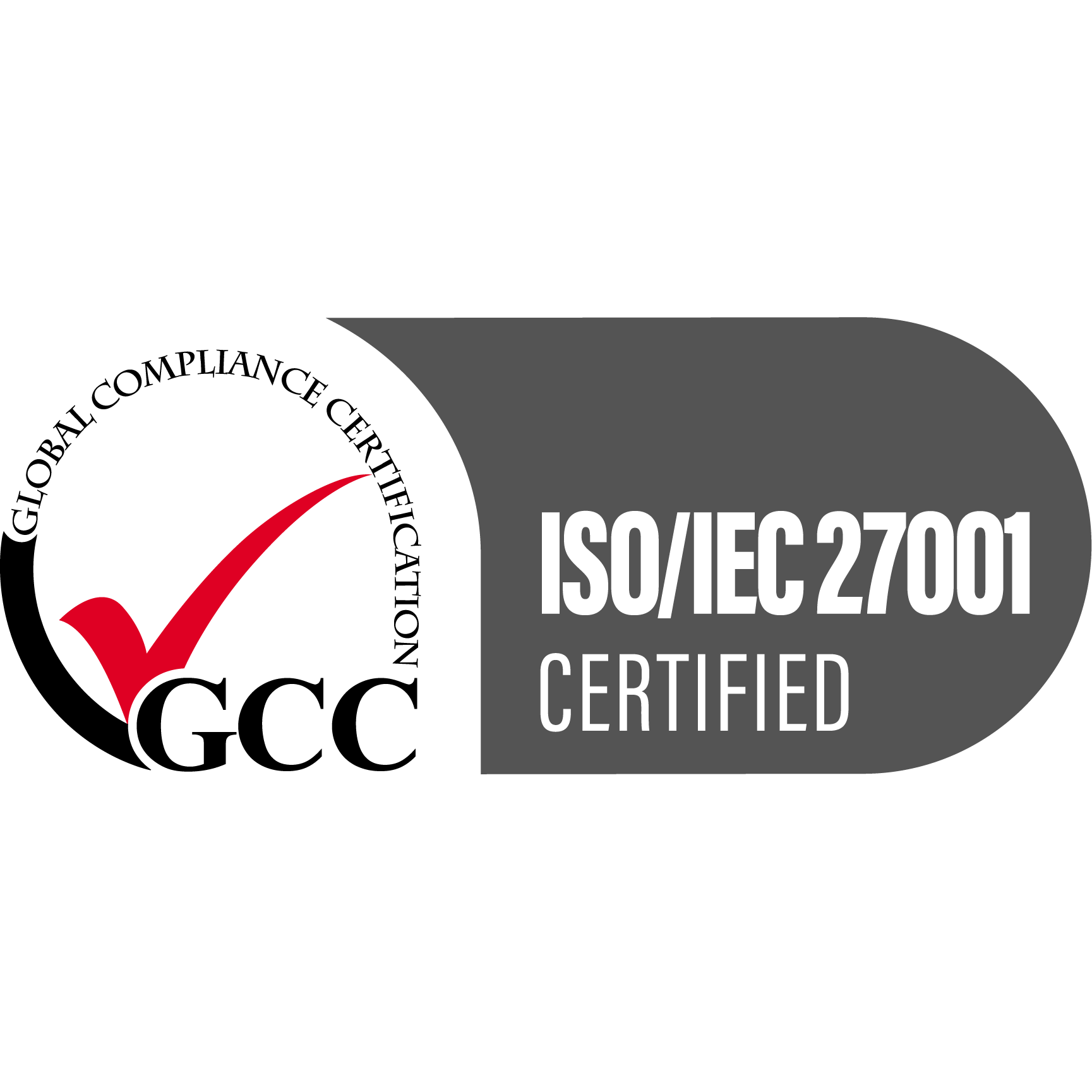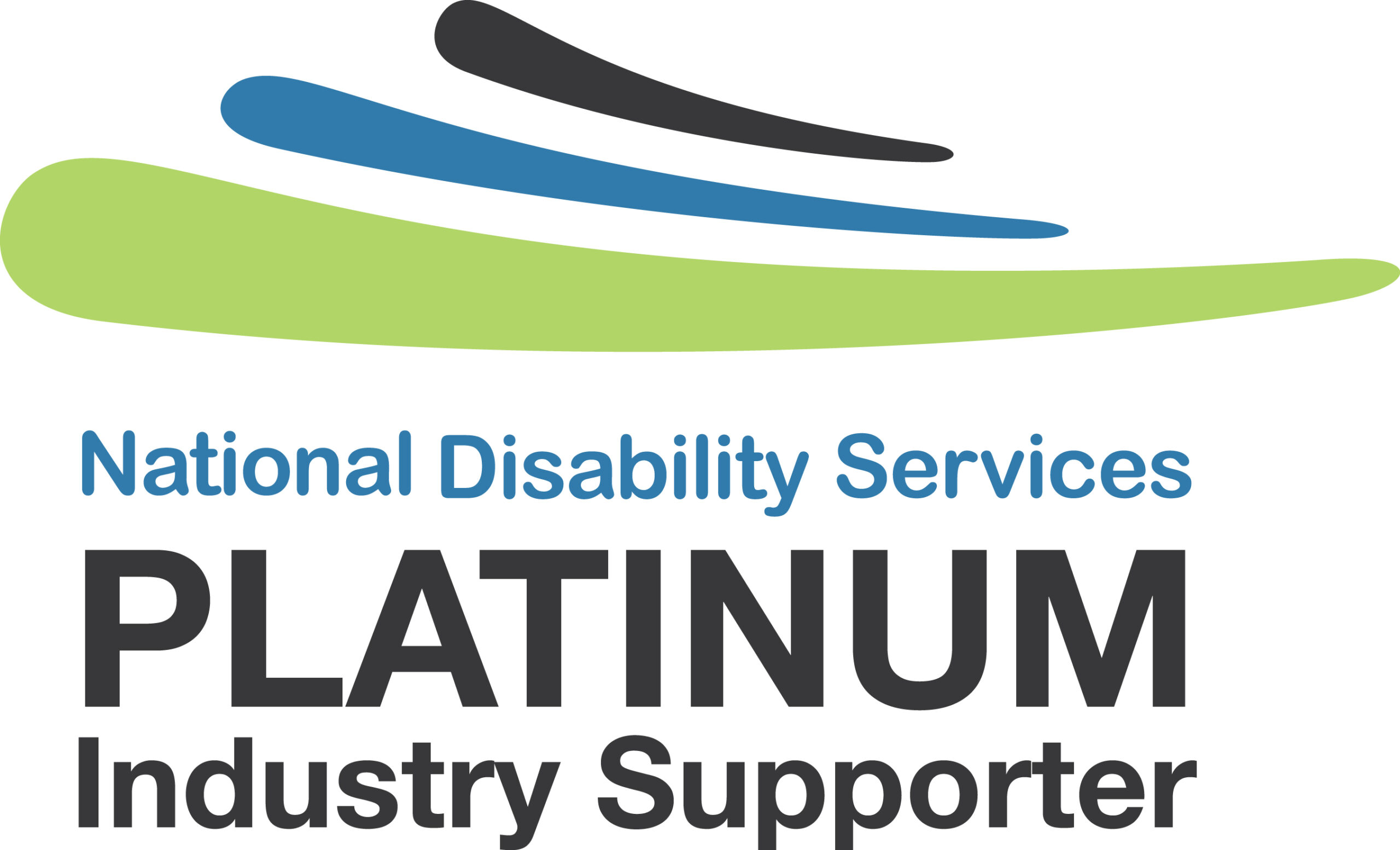In June 2025, the National Disability Insurance Agency (NDIA) released its latest Annual Pricing Review (APR), flagging cuts to most allied health services. Soon after, the NDIA’s Pricing Arrangements and Price Limits (PAPL) for 2025-2026 confirmed a price freeze or decrease that would hit allied health providers nationwide.
Although these changes are well publicised, the mechanism that the NDIA uses to decide on these changes is not, so we’re exploring how and why the NDIA makes them – particularly when they impact so many. But we also want to go a step further and dissect if these changes will succeed in the manner that the NDIA envisaged.
At quickclaim, we’re fans of data, using it to inform policy and practice. This quickclaim insights piece is supported by such data. We hope that it can provide some support to providers hit hardest by these recent changes.
What impact does the latest PAPL have on allied health?
As we already know, the 2025-2026 PAPL introduced pricing changes in June, which took effect in July, and allied health experienced the most consequential change:
- Allied health rates frozen: Unlike other services, there is no CPI indexation for most allied health services for the 2025-2026 period.
- Travel claims have halved: Allied health therapists can now bill only 50 per cent of their hourly rate for travel time to participants.
- Physiotherapy price decrease: Nationally, the price limit for physiotherapy services dropped by $10 per hour to $183.99. In Western Australia, South Australia, Northern Territory and Tasmania, the cut exceeds $40 per hour, where regional loadings were removed.
- Podiatry and dietetics: Nationally, the price limit for podiatry and dietetics services dropped by $5 per hour to $188.99.
The only service to see an increase was psychology, but this is offset by the removal of regional loadings, meaning some providers might still earn less overall. It’s also important to note that Occupational Therapy and Speech Pathology prices remain unchanged since 2019.
What informs the NDIA’s decision to alter prices?
In the latest NDIS Quarterly Report, the NDIA stated its decision to both freeze and decrease price limits for allied health service was based on a range of factors, including supply and demand, public and industry engagement, broader economic factors, and a comprehensive analysis of prices in other markets.
Of these factors, the latter is most interesting, with the NDIA pointing to data obtained across 13 comparable schemes, including Medicare and related private health insurance claims, to argue that the previous PAPL was ‘out of step with broader market rates’. Benchmarking for NDIS rates now hinges on data from comparable schemes.
This change is the first of many, with this year’s APR heralding a multi-year transition to tailored pricing, which the NDIA states will safeguard ‘participants to ensure they are charged the same as anyone else’. In the same breath, the NDIA keeps reinforcing the need for sustainability within the market.
What reality does Medicare tell us?
Benchmarking NDIS price limits against Medicare and other comparable schemes appears reasonable on paper, but it doesn’t factor in scheme-specific contexts, including issues within the schemes that result in their being unreliable indicators for equitable pricing. Let’s inspect Medicare in closer detail.
As Loki Ball from Performl intimated, allied health under Medicare has practically collapsed, with bulk billing down 45% in the past decade, down to 40.9% in March 2025, and gap fees up 211%, with patient contributions tripling to over $78 in 2025. Despite this, no meaningful accommodations were made in the APR when benchmarking.
As Ball continues, ‘Allied health is one of the major levers of preventative care to avoid reliance on expensive acute services. But we will continue to see a sharp decline in affordability and access to allied health in both Medicare and NDIS… until structural pricing and policy problems are solved.’
Comparing prices to Medicare also fails to account for the issues caused by halving travel for allied health professionals. This will save approximately $25 million annually, but also exacerbate a $3.2 billion shortfall in therapy needs that are already going unmet. We know that one-third of NDIS participants who require allied health (31%) live outside metro areas, leading to an inability to exercise choice or access the support that they need.
As Ball found, $1.14 billion worth of assessed allied health support could not be delivered to 221,000 participants in 2024, with only 55% of needs met. You simply can’t deliver services if professionals aren’t able to get to the participant.
What does this mean for allied health professionals?
Allied health services in regional Australia will be most heavily impacted, with already high travel costs. With stricter limits of travel claims and shrinking profit margins, many providers now have to consider the viability of travelling to regional areas. With shrinking profit margins, staff shortages are also going to worsen, with providers unable to offer competitive salaries.
However, as illustrated above, these challenges will be most acutely felt by participants, who already struggle to access necessary support. At best, they will experience longer wait times; at worst, their provider will withdraw support and the participant will have unmet needs.
Is there a solution for allied health professionals?
With the Federal Government’s focus on making the NDIS more sustainable, we’re unlikely to see any substantial change to the 2026-2027 PAPL, with the current price limits in effect for the foreseeable future.
However, this doesn’t mean peak bodies aren’t advocating for change, with Allied Health Professionals Australia (AHPA) supporting businesses throughout this process. You can reach out to them for more information and to provide evidence as to the challenges these changes have on your business’s long-term sustainability.
The reality is that immense pressure has been placed on allied health providers, particularly within the regions, to work even harder with decreasing profit margins. Although we can’t remedy the broader pricing issue, quickclaim can support businesses to ensure no revenue slips through the cracks.
Our end-to-end billing solution for NDIS allows businesses to manage their claims in one place and automate their claiming processes. For more information, please reach out to our team or book a free demo today.
























